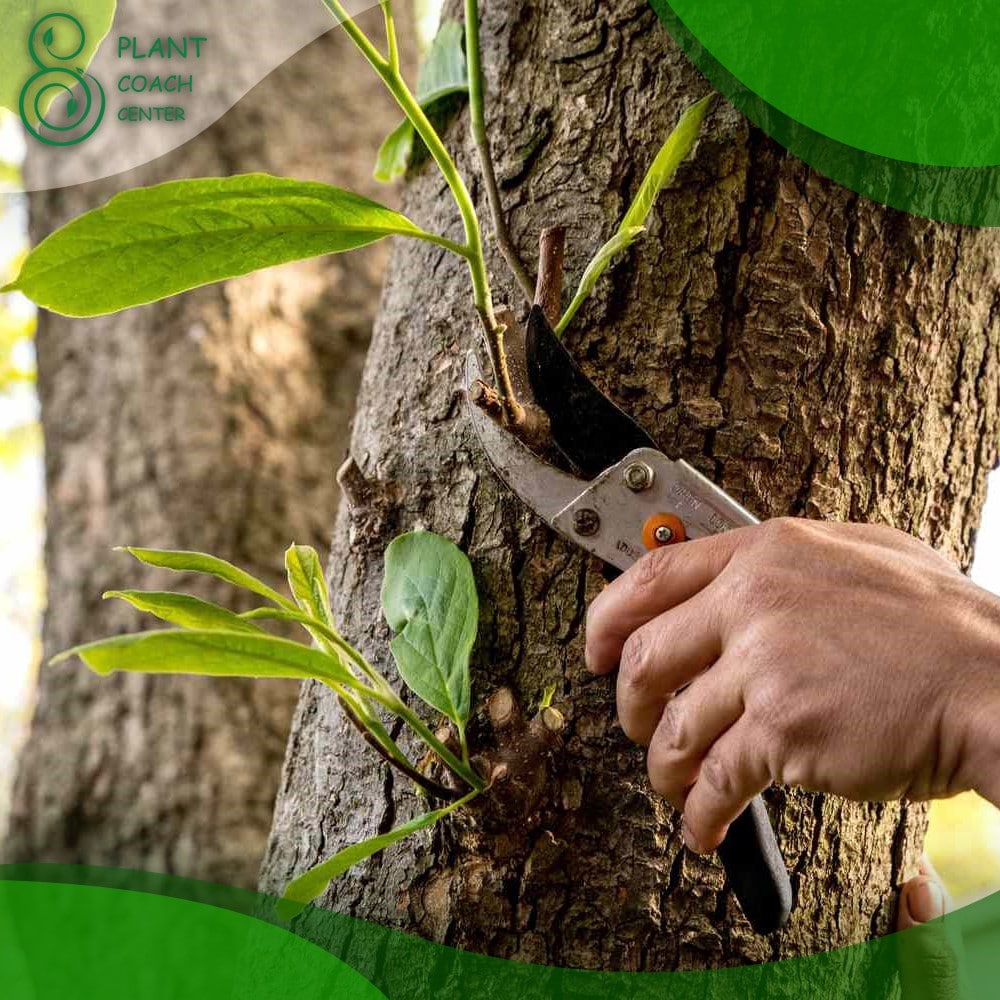Introduction to When to Prune Magnolia
Magnolia trees are admired for their majestic beauty and captivating blossoms. To ensure their optimal growth and health, proper pruning techniques are essential. This comprehensive guide will explore when to prune magnolia trees, covering various factors, techniques, and troubleshooting tips. Whether you’re a seasoned gardener or a novice plant enthusiast, this article will provide valuable insights into the art of magnolia tree pruning.
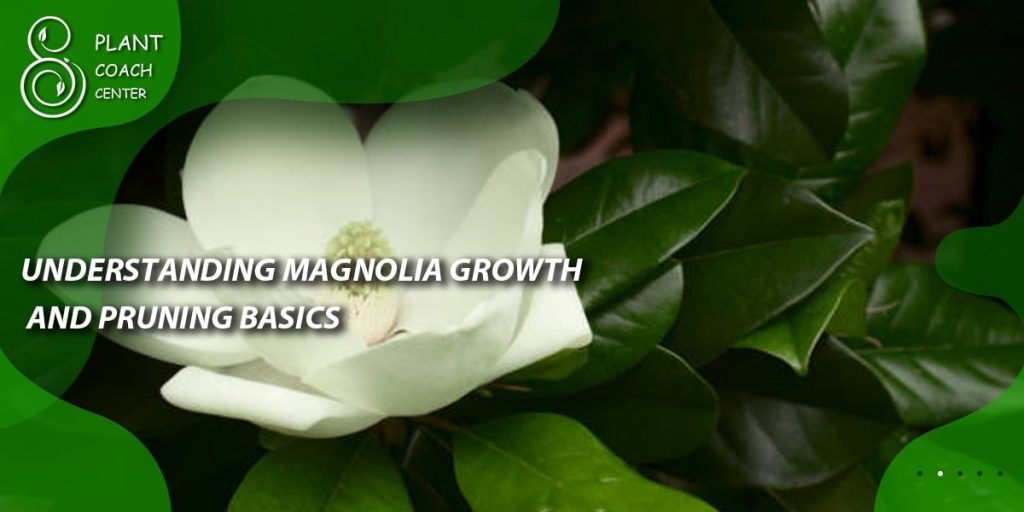
Understanding Magnolia Growth and Pruning Basics
Magnolia trees go through distinct growth phases, and pruning plays a crucial role in shaping their form and promoting overall vigor. Here, we delve into the fundamental principles of magnolia growth and the benefits of pruning. Understanding these basics will lay a solid foundation for effective pruning practices.
Growth Phases of Magnolia Trees
– Exploring the different stages of magnolia tree growth, from young saplings to mature specimens.
– The significance of each growth phase and its implications for pruning.
Benefits of Pruning Magnolia Trees
– Uncovering the advantages of pruning, including improved aesthetics, enhanced flowering, and structural integrity.
– How pruning helps maintain a healthy balance between growth and energy allocation.
Factors Influencing Pruning Timing
– Discussing the key factors that influence when to prune magnolia trees, such as species, climate, and specific growth characteristics.
– Understanding the importance of timing to maximize the desired outcomes of pruning.
When to Prune Magnolia Trees: Timing Considerations
Choosing the right time to prune magnolia trees is crucial to achieve optimal results. This section delves into various considerations for determining the appropriate pruning timing, taking into account different magnolia species, seasonal variations, and regional factors.
Pruning Based on Magnolia Species
– Examining the unique characteristics and growth patterns of popular magnolia species, including Southern magnolias, saucer magnolias, star magnolias, and cucumber magnolias.
– Tailoring pruning techniques and timing to suit each species’ specific requirements.
Pruning in Different Seasons
– Exploring the advantages and challenges of pruning magnolia trees in different seasons, such as spring, summer, fall, and winter.
– Highlighting the ideal pruning windows for various objectives, such as shaping, rejuvenation, or bloom preservation.
Regional Factors and Climate Considerations
– Recognizing the influence of regional climates on magnolia tree growth and pruning practices.
– Discussing how factors like temperature, humidity, and frost susceptibility affect pruning timing and techniques.
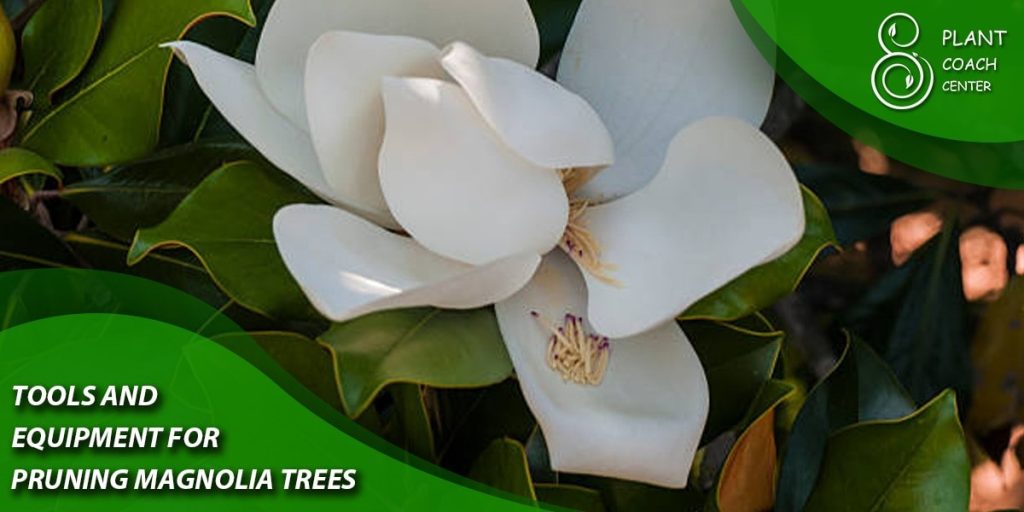
Tools and Equipment for Pruning Magnolia Trees
To execute proper pruning techniques, it’s essential to have the right tools and equipment at hand. This section focuses on the necessary tools for pruning magnolia trees and emphasizes the importance of their maintenance for effective and safe pruning practices.
Essential Pruning Tools for Magnolias
– Highlighting the key tools required for pruning magnolia trees, including hand pruners, loppers, pruning saws, and pole pruners.
– Discussing the specific functions of each tool and their suitability for different pruning tasks.
Proper Maintenance and Cleaning of Tools
– Stressing the significance of keeping pruning tools clean, sharp, and in good working condition.
– Providing step-by-step instructions on how to maintain and sanitize tools to prevent the spread of diseases between plants.
Pruning Techniques for Magnolia Trees
Mastering pruning techniques is essential for achieving desired outcomes while preserving the health and natural beauty of magnolia trees. This section delves into various pruning techniques specifically tailored to magnolia trees.
Formative Pruning for Young Magnolia Trees
– Discussing the importance of formative pruning for establishing a strong structure and desired form in young magnolia trees.
– Providing guidelines on pruning young magnolias to encourage proper branching and future growth.
Structural Pruning for Established Magnolia Trees
– Exploring the techniques of structural pruning to maintain the integrity and stability of mature magnolia trees.
– Addressing the removal of crossing branches, weak attachments, and potential hazards.
Crown Thinning and Reduction Techniques
– Detailing the process of crown thinning to improve light penetration and air circulation within the canopy of magnolia trees.
– Exploring crown reduction techniques to manage the size of magnolias without compromising their overall health and aesthetics.
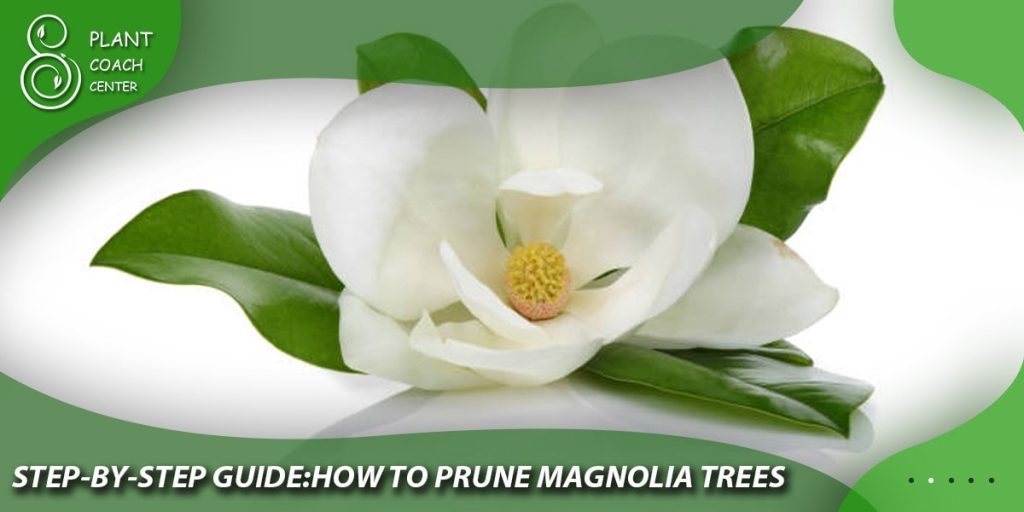
Step-by-Step Guide: How to Prune Magnolia Trees
This section provides a comprehensive step-by-step guide, offering practical instructions on pruning magnolia trees. From initial preparations to specific pruning techniques, readers will gain a thorough understanding of the pruning process.
Pre-Pruning Preparations
– Outlining the necessary preparations before undertaking the pruning process, including assessing tree health, gathering tools, and ensuring safety measures.
Pruning Dead, Diseased, and Damaged Wood
– Identifying and removing dead, diseased, or damaged branches to maintain the overall health and vitality of magnolia trees.
– Demonstrating proper pruning techniques to minimize the risk of disease spread.
Shaping and Size Control Techniques
– Providing guidance on shaping magnolia trees according to desired forms, including natural shapes, hedges, or topiaries.
– Exploring size control techniques to manage the height and spread of magnolia trees in various landscapes.
Maintaining Magnolia Tree Health through Pruning
– Highlighting the importance of ongoing maintenance pruning to ensure the long-term health and vitality of magnolia trees.
– Addressing the periodic removal of water sprouts, suckers, and diseased branches.
Common Magnolia Tree Problems and Solutions
Magnolia trees can face a range of issues that affect their growth and overall well-being. In this section, we explore common problems encountered by magnolia tree owners and provide practical solutions through proper pruning techniques.
Identifying Common Magnolia Tree Issues
– Discussing common problems such as fungal diseases, insect infestations, nutrient deficiencies, and environmental stressors that can affect magnolia trees.
– Providing guidance on recognizing symptoms and signs of specific issues.
Pruning to Address Disease and Pest Problems
– Detailing how pruning practices can effectively manage and prevent the spread of diseases and pests in magnolia trees.
– Offering specific pruning techniques for addressing issues like fungal infections, scale insects, and aphid infestations.
Nutritional Imbalances and Pruning as a Solution
– Examining the role of proper nutrition in maintaining the health and vitality of magnolia trees.
– Exploring how pruning techniques can aid in correcting nutrient imbalances and promoting healthy growth.
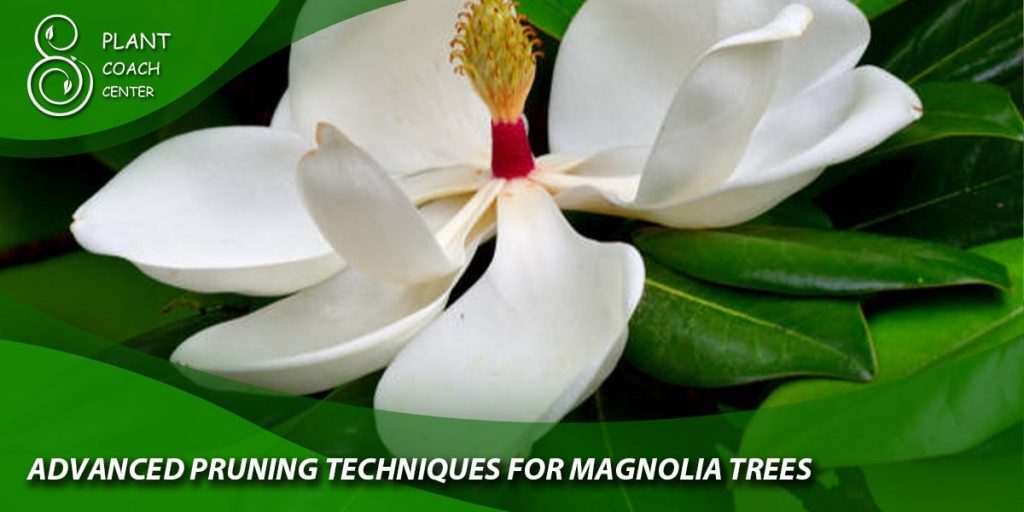
Advanced Pruning Techniques for Magnolia Trees
For experienced gardeners seeking to explore advanced pruning methods, this section delves into specialized techniques that can be applied to magnolia trees to achieve unique forms or propagate new plants.
Espalier Pruning for Magnolia Trees
– Introducing espalier pruning as a technique for training magnolia trees to grow flat against walls or fences.
– Outlining the steps involved in creating and maintaining espaliered magnolia trees.
Pollarding and Coppicing Techniques
– Exploring the ancient techniques of pollarding and coppicing as alternative pruning methods for magnolia trees.
– Discussing the benefits, challenges, and suitable scenarios for implementing these techniques.
Air Layering and Propagation Methods
– Providing an overview of air layering and propagation techniques to propagate new magnolia plants.
– Explaining the process step-by-step and highlighting the success rates and timing involved in these methods.
Caring for Magnolia Trees after Pruning
After pruning, proper care is essential to support the recovery and continued health of magnolia trees. This section focuses on post-pruning care guidelines, including watering, fertilization, and monitoring tree health.
Post-Pruning Care Guidelines
– Offering instructions on post-pruning care routines, including watering schedules, mulching, and soil amendments.
– Emphasizing the importance of observing the tree for any signs of stress or complications after pruning.
Watering and Fertilization Tips
– Providing insights into optimal watering practices and fertilizer application for magnolia trees post-pruning.
– Highlighting the importance of balanced nutrition to support new growth and overall tree vigor.
Monitoring and Maintaining Tree Health
– Discussing the significance of regular monitoring to detect any potential issues or signs of stress post-pruning.
– Offering guidance on disease prevention, pest management, and overall tree health maintenance.
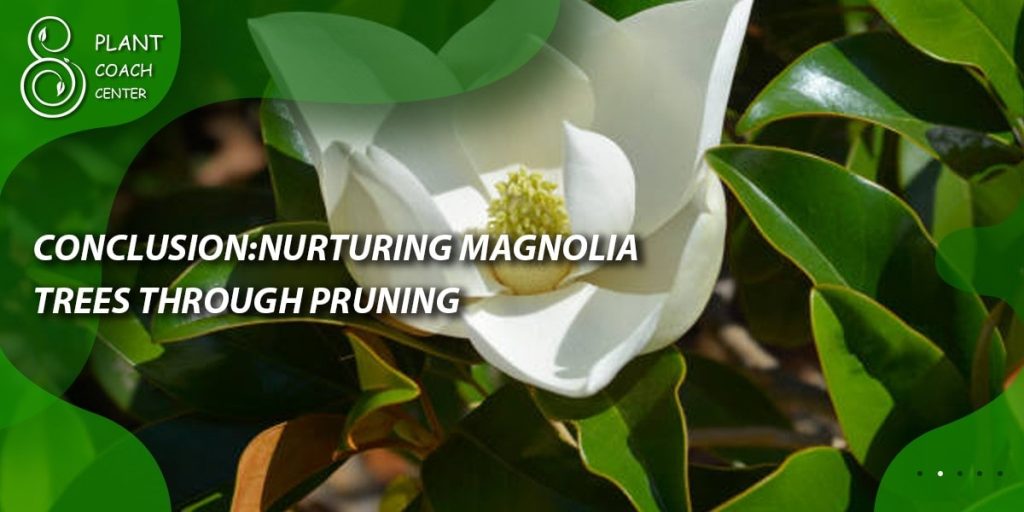
Conclusion: Nurturing Magnolia Trees Through Pruning
In conclusion, magnolia trees are enchanting additions to any landscape, and proper pruning techniques are essential for their well-being and aesthetics. By understanding the growth patterns, timing considerations, and specific techniques for magnolia tree pruning, gardeners can effectively shape these majestic trees while preserving their health.
Remember, pruning is both an art and a science. It requires careful consideration of the tree’s growth pattern, species characteristics, and desired outcomes. By following the guidelines outlined in this article and exercising patience and observation, you can nurture your magnolia trees to thrive and showcase their breathtaking beauty.
In partnership with plantcoachcenter.com, we hope this guide has equipped you with the knowledge and confidence to embark on the rewarding journey of pruning magnolia trees. Happy pruning, and may your magnolias flourish with grace and splendor in your garden.
When should I prune magnolia trees?
Late winter or early spring.
What tools do I need for pruning?
Hand pruners, loppers, pruning saws.
Can pruning address common tree problems?
Yes, it helps manage diseases and pests.
What to do after pruning a magnolia tree?
Water, fertilize, monitor for stress.


